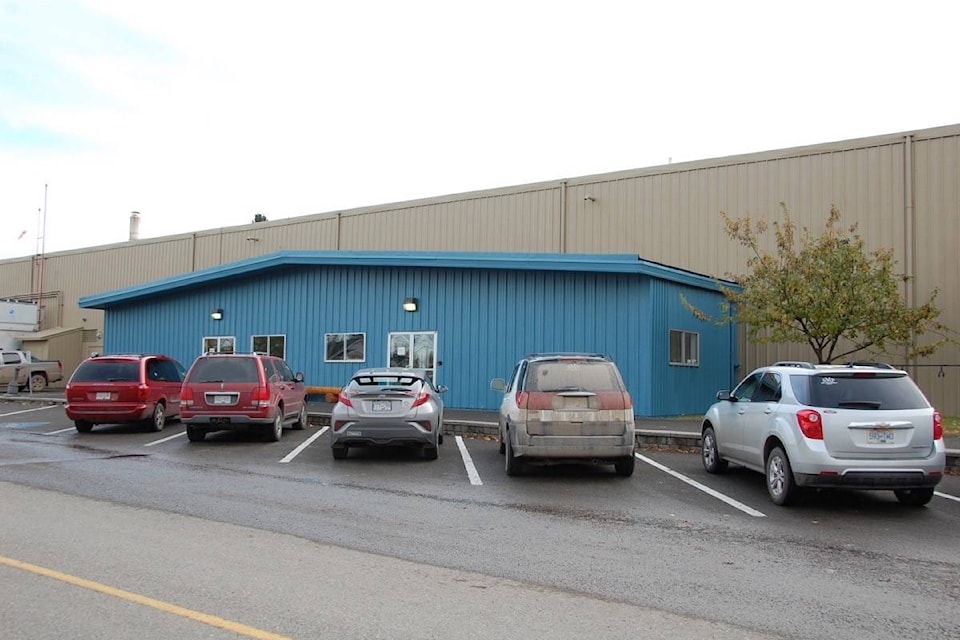At the District of Houston council meeting on Oct. 17, 2017 it was reported that the life expectancy brine chiller of the Claude Parish Memorial arena is almost due and could result in contaminating the brine with ammonia if the vessel were to fail.
District of Houston staff conducted a commissioning of the arena plant shortly after the completion of the arena electrical upgrade where a number of deficiencies were noted.
The brine chiller was installed in 1999 with a life-cycle design of approximately 15 to 20 years.
“The cold floor brine pump is an older model which is requiring it to be replaced, sooner rather than later,” stated the report. “The pump itself is the heart of the system and requires a thorough inspection as it is operating at a high rate of workload, causing it to be noisy.”
According to district staff, Yeti Refrigeration (who performs annual ammonia maintenance and inspections of the ice plant), and JET Controls whom all conducted the inspection, “a variable frequency drive on a new motor would add to its efficiency and a cost reduction in power consumption.
The alfa laval condenser was replaced in 2009 but it was reported that during a startup assessment the system does not have enough heat rejection capacity.
“The compressor’s efficiency is limited by the inability to reject heat into the geothermal loop,” stated the report. “It is suspected that the geothermal field is undersized to handle 100 per cent of the rejected heat.”
Recommendation to expand the size of the existing condenser is being considered by district staff.
Another concern for ammonia contamination is the oil separators, which according to the report are beyond their life-cycle expectancy.
“[The oil separators] operate inefficiently, requiring full replacement,” stated the report. “Failure of either oil separator would result in contamination of ammonia.”
The arena has two operation compressors that are also showing age from running at a high compression ratio due to design of the heat recovery system, even though one was rebuilt in September 2015.
“A major failure within the refrigeration plant would be detrimental and would result in the inability to maintain an ice surface, therefor result in the inability to offer arena programming or ice time,” said the report.
Replacement of the plant would cost upwards of $750,000. This would include installing a new brine chiller, replace the brine floor chiller and the variable frequency drive, as well as examine current condenser for condition and expand it to maximum performance if in good condition, assess the current D-Super Heater to evaluate its accommodation of the maximum geothermal load capacity, replace the two compressors, construction of a plant room to accommodate the larger size of a modern plant, general upgrade costs associated with projects and mechanical engineer costs.
The reduction in power costs and green emissions will be significant following a replacement of this nature.
District of Houston staff requested that Houston council approve to authorize staff to retain the services of a mechanical engineer to perform an assessment of the arena refrigeration plant in the amount of approximately $15,000 to $25,000.
Houston council tabled the report until the Nov. 7, 2o17 meeting.
